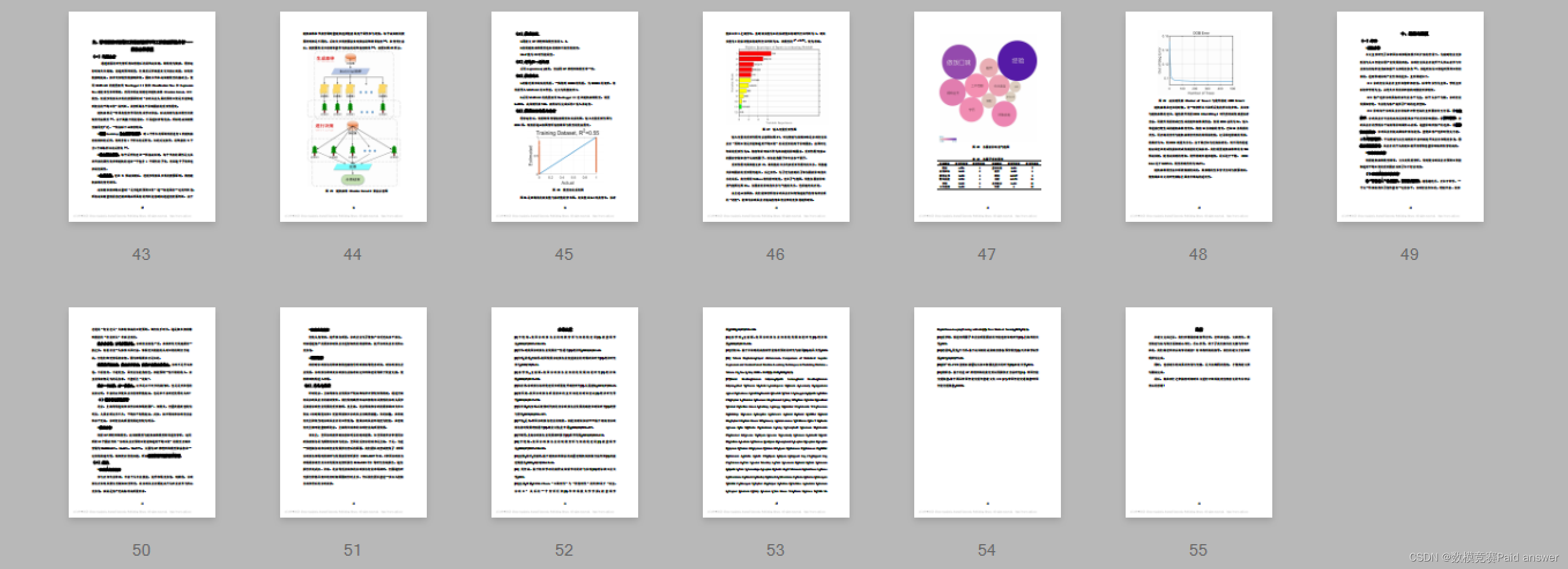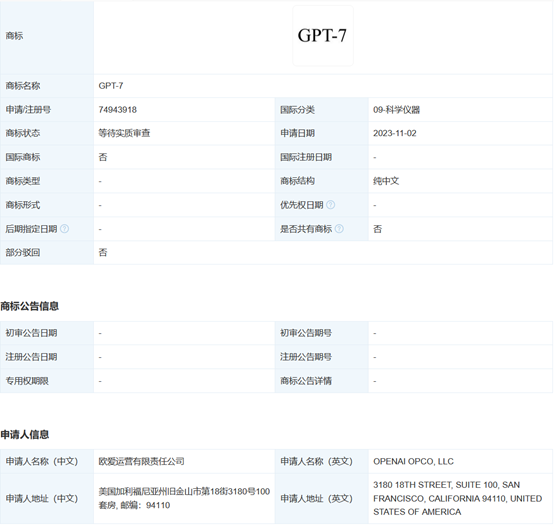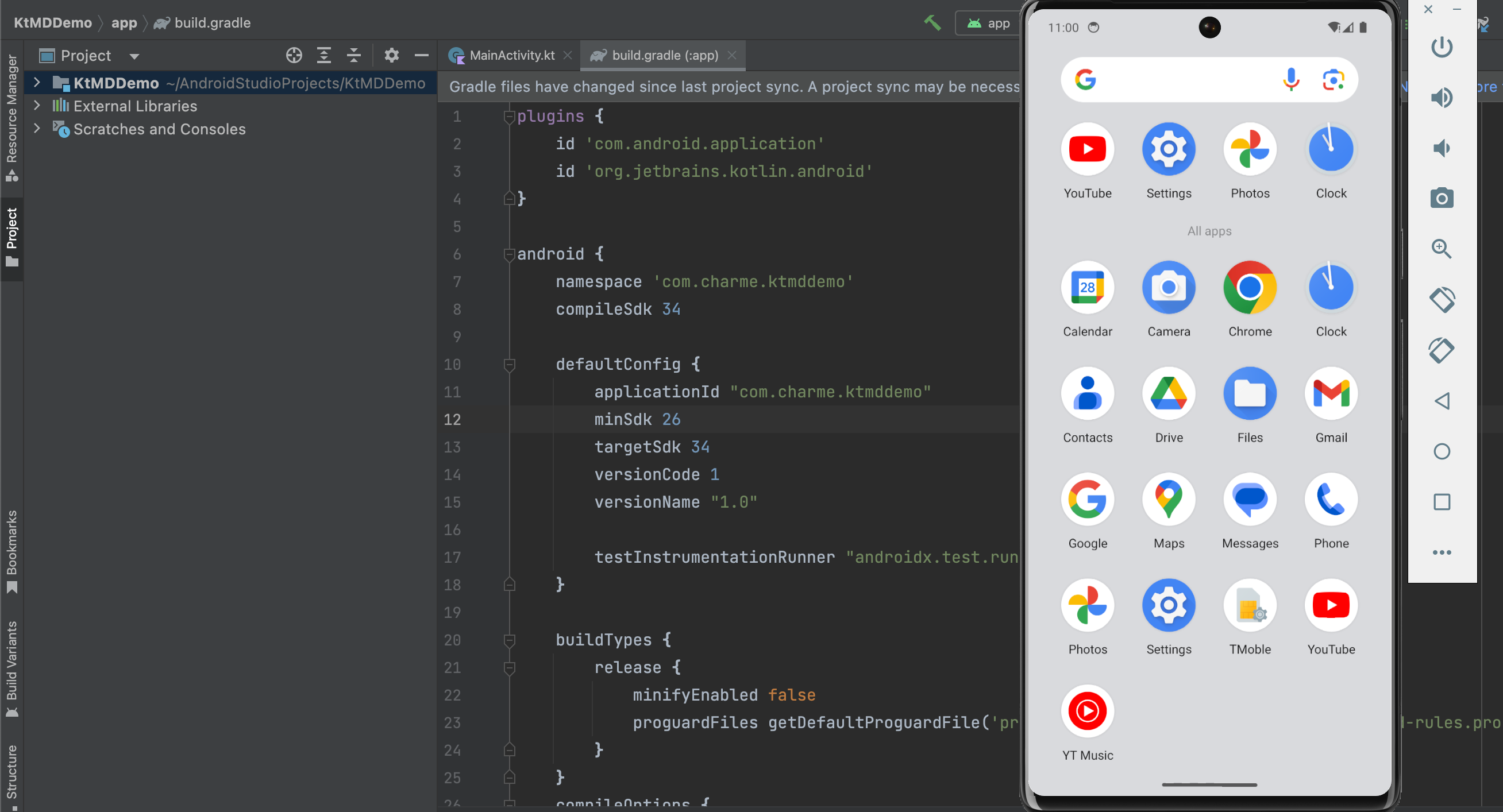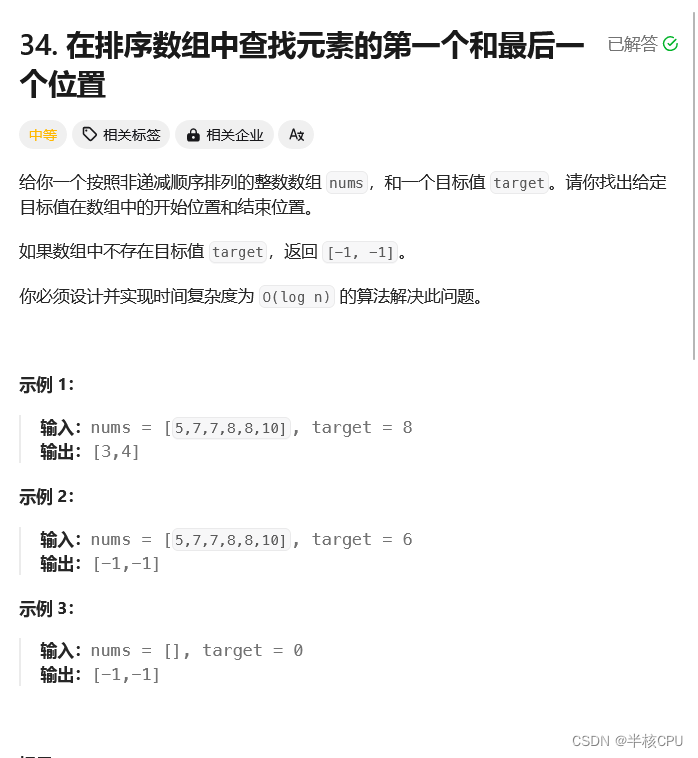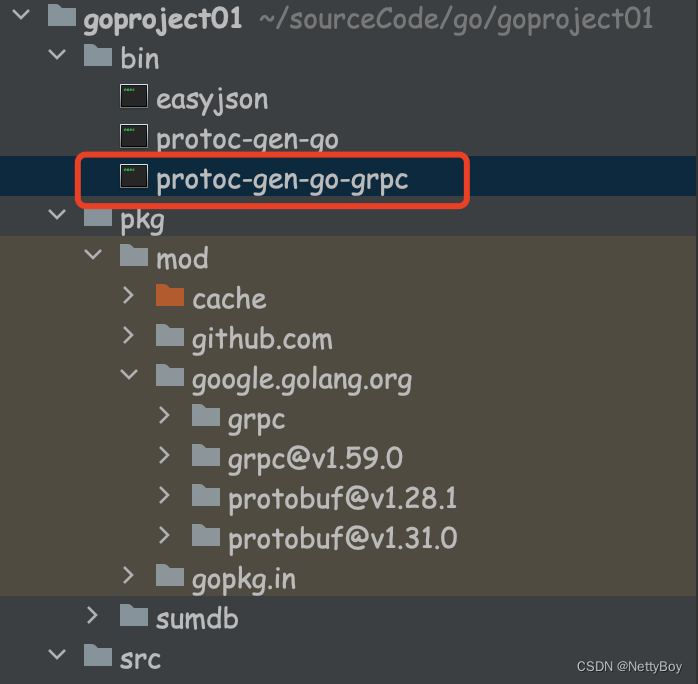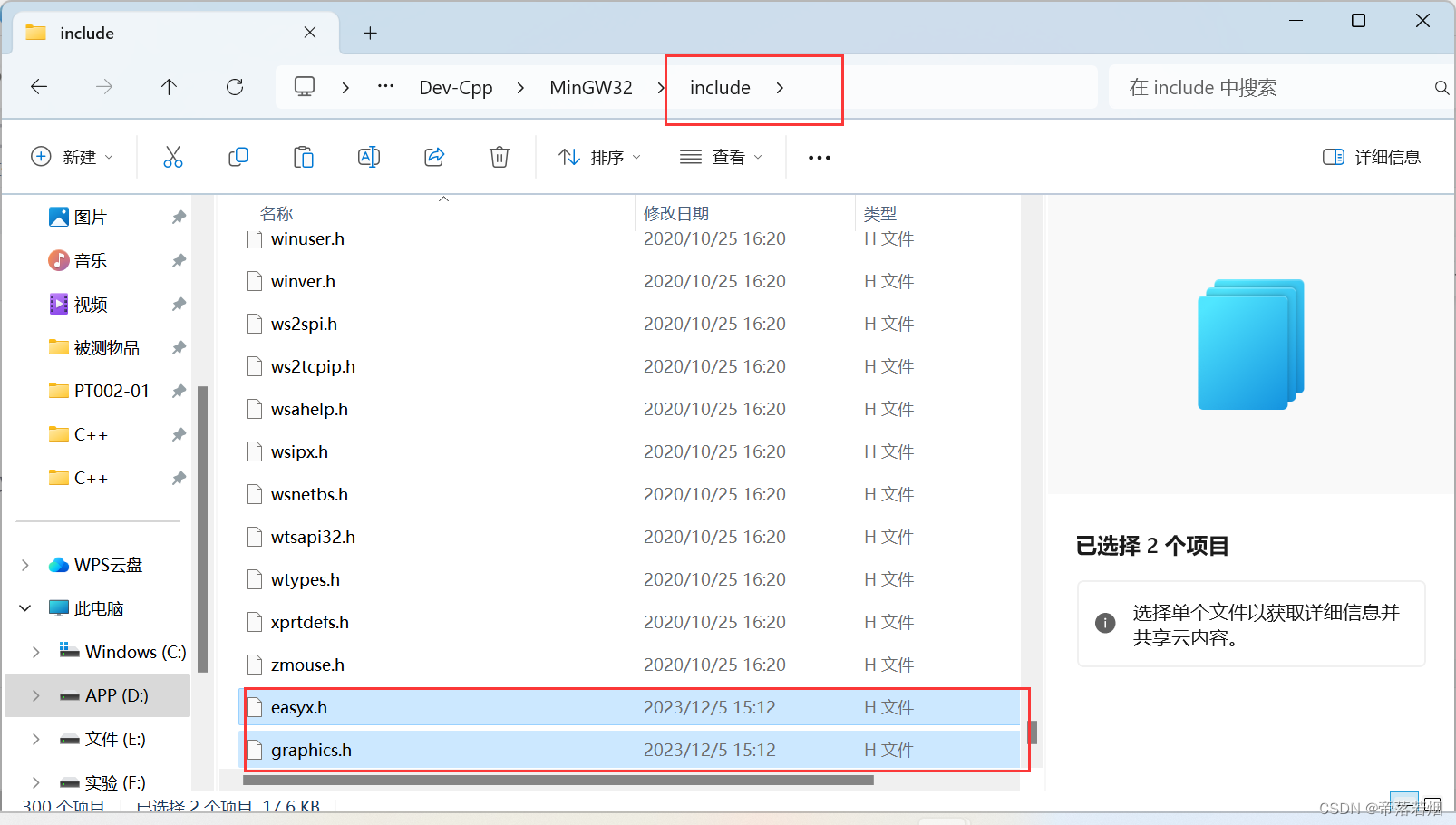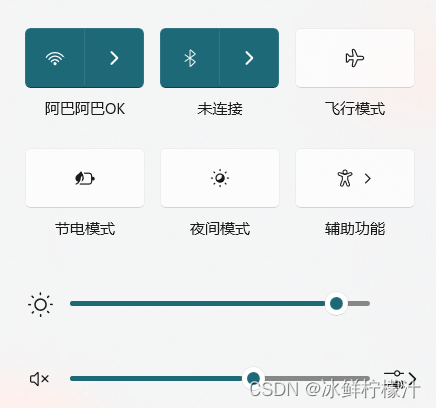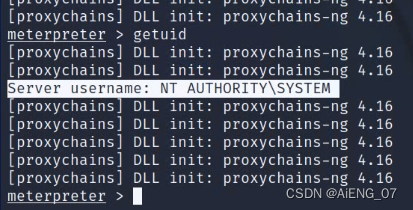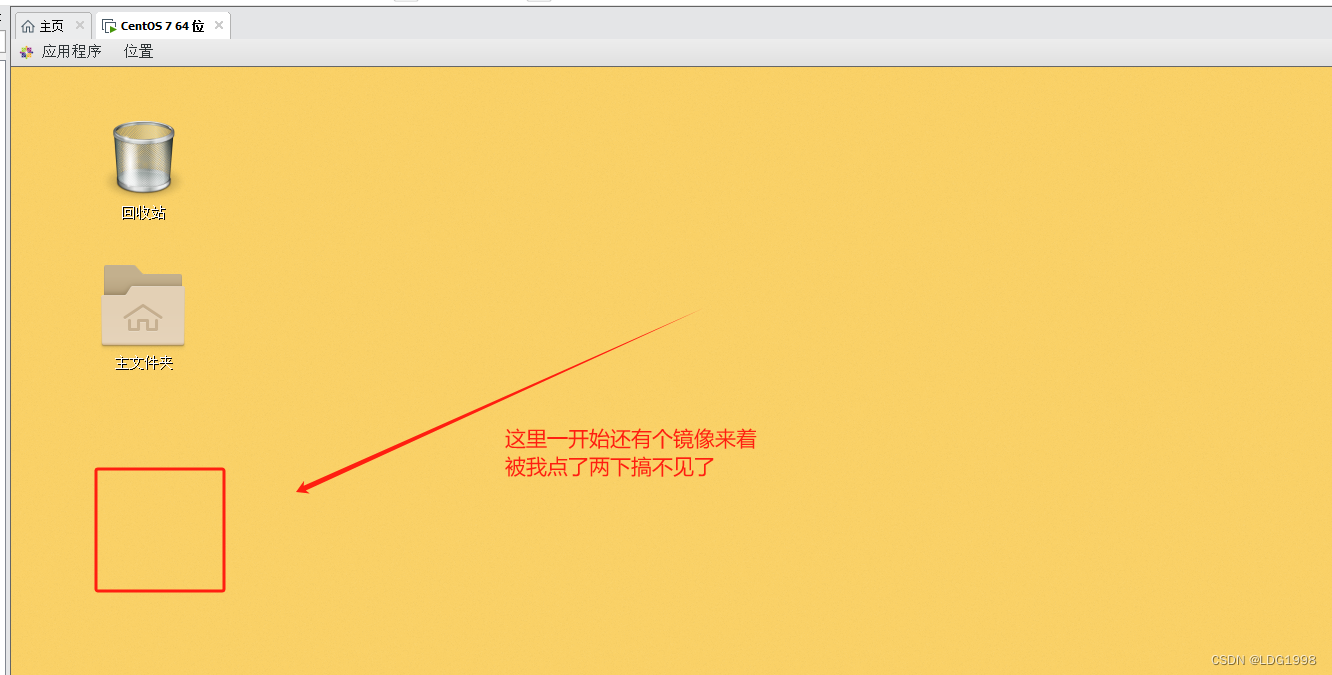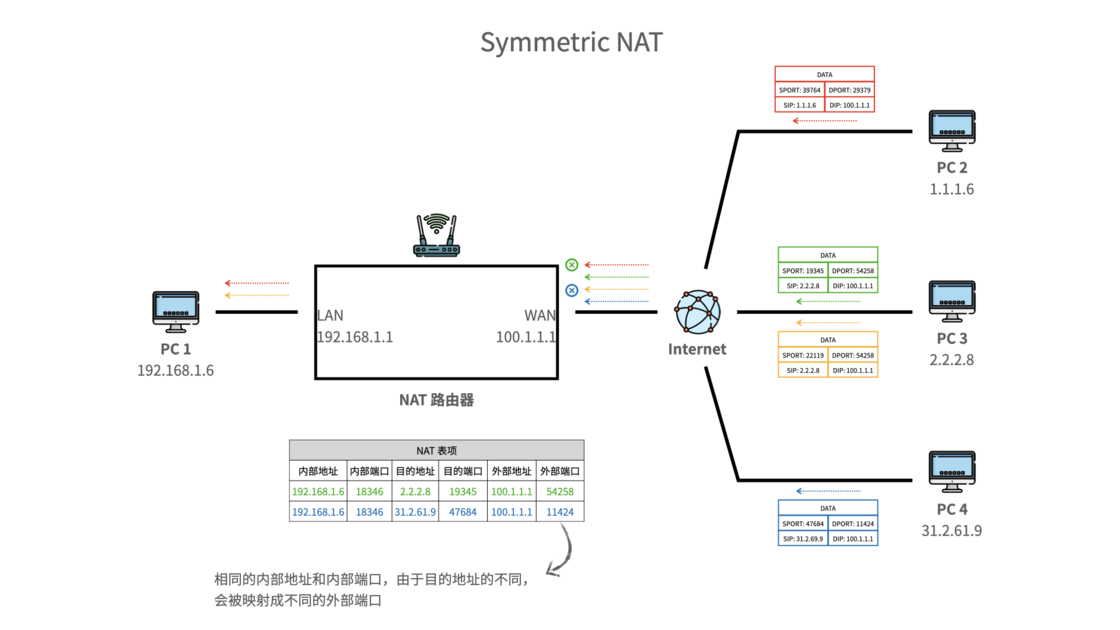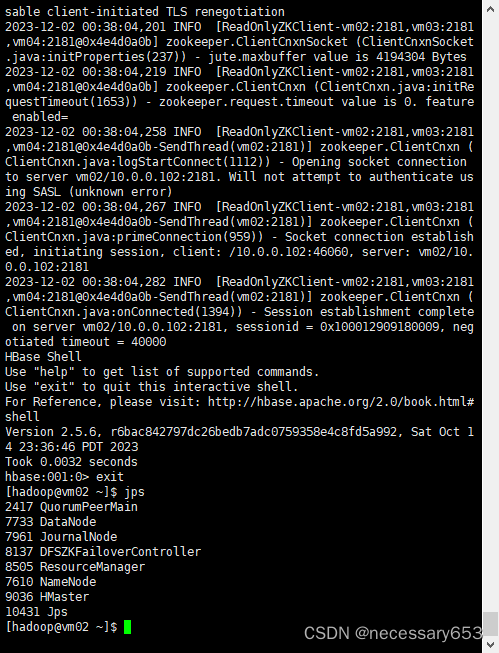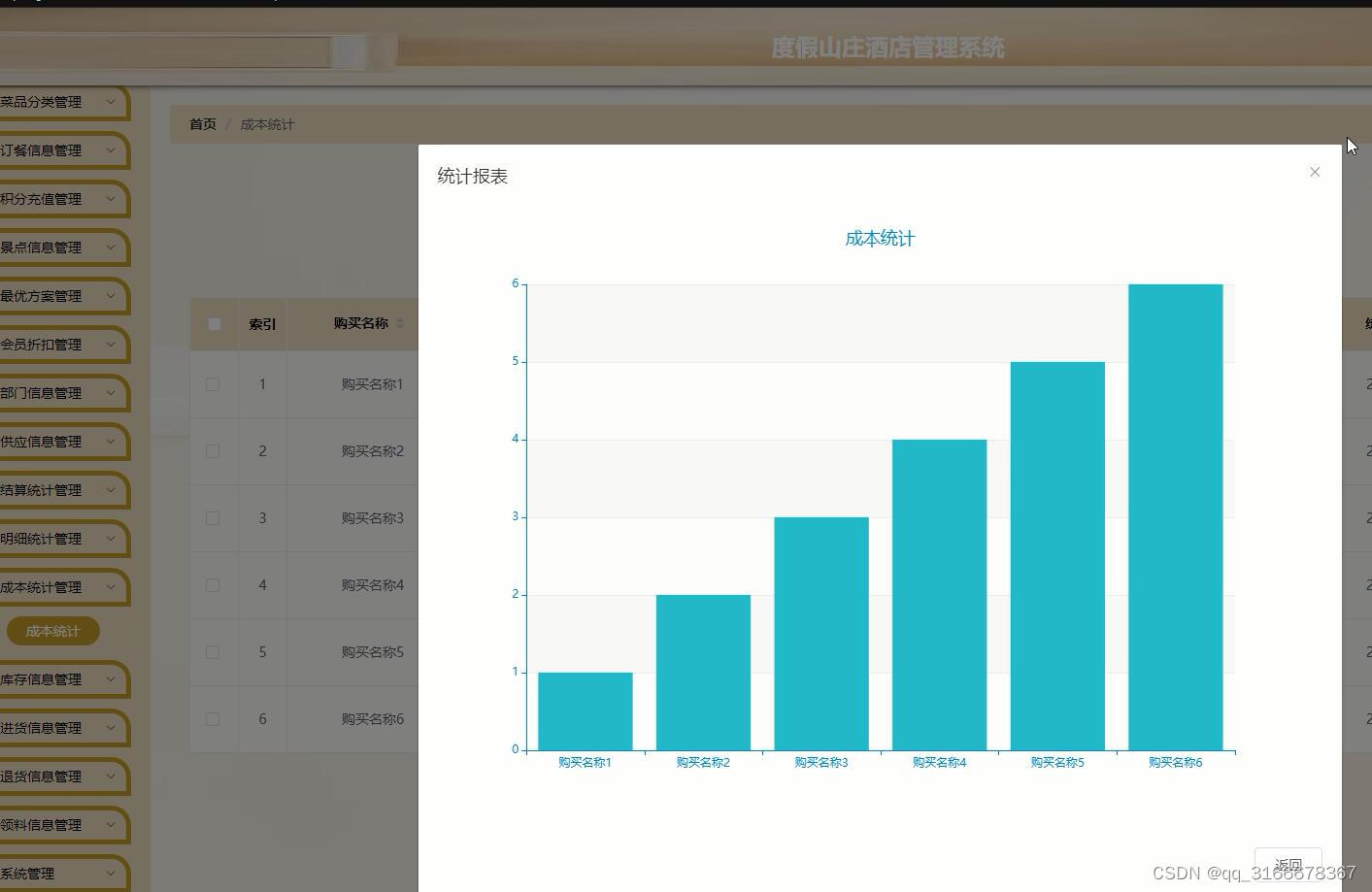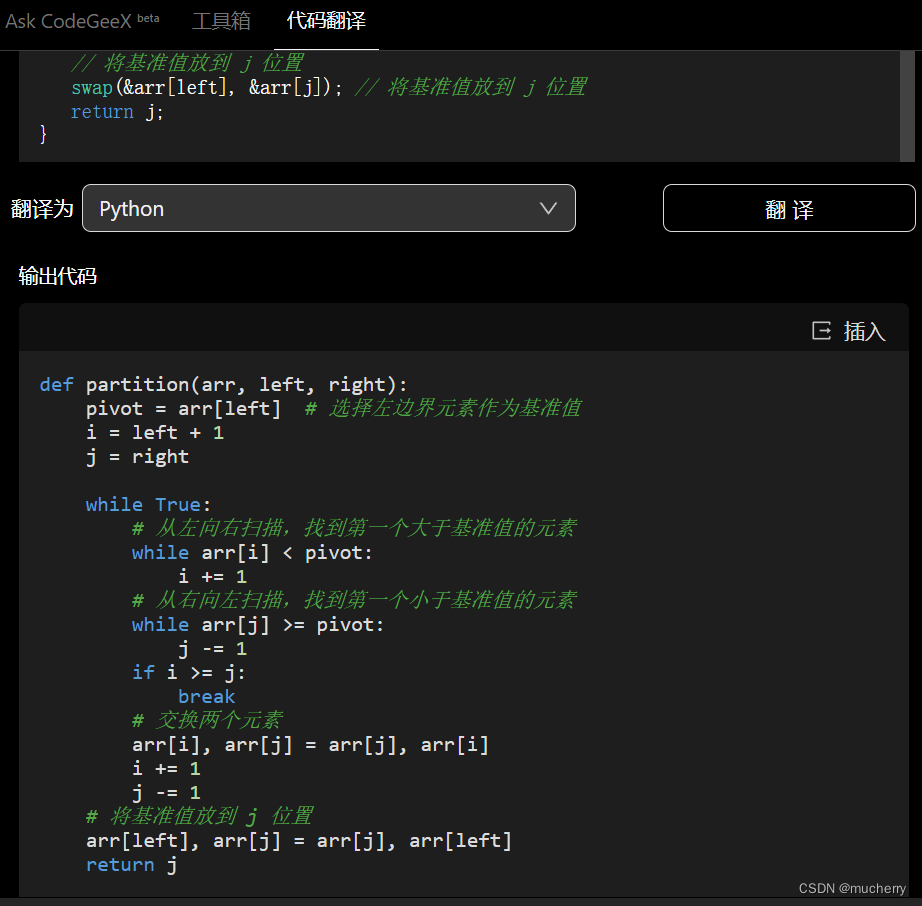
文章目录
- 1 问题背景
- 2 前言
- 3 什么是消息推送
- 4 短轮询
- 5 长轮询
- 5.1 demo代码
- 6 iframe流
- 6.1 demo代码
- 7 SSE
- 7.1 demo代码
- 7.2 生产环境的应用 (重要)
- 8 MQTT
1 问题背景
扩宽自己的知识广度,研究一下web实时消息推送
2 前言
- 文章参考自Web 实时消息推送的 7 种实现方案
- 针对一些比较重要的方式,我都会尽量敲出一份完整的demo代码,享受其中的编程乐趣。
- 在SSE方式中,笔者延申思考,将他应用于电商支付的场景中,给出了比较合理的解决方案,但并未在生产环境中验证,仍待考证。
3 什么是消息推送
消息推送是指服务端将消息推送给客户端。常见的场景有:有人关注公众号,公众号推送消息给关注者;站内消息通知;未读邮件数量;监控告警数量等等。
4 短轮询
常见的http请求即是短轮询,由客户端发起请求,服务端接收请求并同步实时处理,最后返回数据给客户端。
5 长轮询
短轮询的异步方式即是长轮询,异步在哪里?客户端发起请求,web容器(比如tomcat)安排子线程去处理这些请求,将这些请求交给服务端后,无需阻塞等待结果,tomcat会立即安排该子线程理其他请求 ,tomcat以此接收更多的请求提升系统的吞吐量。服务端处理完请求再返回数据给客户端。
5.1 demo代码
因为一个ID可能会被多个长轮询请求监听,所以采用了guava包提供的Multimap结构存放长轮询,一个key可以对应多个value。一旦监听到key发生变化,对应的所有长轮询都会响应。
引入guava依赖
<dependency><groupId>com.google.guava</groupId><artifactId>guava</artifactId><version>31.1-jre</version>
</dependency>
处理请求的接口:
package com.ganzalang.gmall.sse.controller;import com.google.common.collect.HashMultimap;
import com.google.common.collect.Multimap;
import com.google.common.collect.Multimaps;
import org.springframework.stereotype.Controller;
import org.springframework.web.bind.annotation.GetMapping;
import org.springframework.web.bind.annotation.PathVariable;
import org.springframework.web.bind.annotation.RequestMapping;
import org.springframework.web.bind.annotation.ResponseBody;
import org.springframework.web.context.request.async.DeferredResult;import java.time.LocalDateTime;
import java.util.Collection;
import java.util.Date;@Controller
@RequestMapping("/polling")
public class PollingController {/*** 关于 DeferredResult 还有一个很重要的点:请求的处理线程(即 tomcat 线程池的线程)不会等到 DeferredResult#setResult() 被调用才释放,而是直接释放了。* 而 DeferredResult 的做法就类似仅把事情安排好,不会管事情做好没,tomcat 线程就释放走了,注意此时不会给请求方(如浏览器)任何响应,而是将请求存放在一边,* 咱先不管它,等后面有结果了再把之前的请求拿来,把值响应给请求方。*/// 存放监听某个Id的长轮询集合// 线程同步结构public static Multimap<String, DeferredResult<String>> watchRequests = Multimaps.synchronizedMultimap(HashMultimap.create());public static final long TIME_OUT = 100000;/*** 设置监听*/@GetMapping(path = "watch/{id}")@ResponseBodypublic DeferredResult<String> watch(@PathVariable String id) {// 延迟对象设置超时时间DeferredResult<String> deferredResult = new DeferredResult<>(TIME_OUT);// 异步请求完成时移除 key,防止内存溢出deferredResult.onCompletion(() -> {watchRequests.remove(id, deferredResult);});// 注册长轮询请求watchRequests.put(id, deferredResult);return deferredResult;}/*** 变更数据*/@GetMapping(path = "publish/{id}")@ResponseBodypublic String publish(@PathVariable String id) {// 数据变更 取出监听ID的所有长轮询请求,并一一响应处理if (watchRequests.containsKey(id)) {Collection<DeferredResult<String>> deferredResults = watchRequests.get(id);for (DeferredResult<String> deferredResult : deferredResults) {deferredResult.setResult("我更新了" + LocalDateTime.now());}}return "success";}/*** 监听器的数量*/@GetMapping(path = "listener/num")@ResponseBodypublic int num() {return watchRequests.size();}
}当请求超过设置的超时时间,会抛出AsyncRequestTimeoutException异常,这里直接用@ControllerAdvice全局捕获统一返回即可,前端获取约定好的状态码后再次发起长轮询请求,如此往复调用。代码如下:
package com.ganzalang.gmall.sse.exception.handler;import org.springframework.http.HttpStatus;
import org.springframework.web.bind.annotation.ControllerAdvice;
import org.springframework.web.bind.annotation.ExceptionHandler;
import org.springframework.web.bind.annotation.ResponseBody;
import org.springframework.web.bind.annotation.ResponseStatus;
import org.springframework.web.context.request.async.AsyncRequestTimeoutException;@ControllerAdvice
public class AsyncRequestTimeoutHandler {@ResponseStatus(HttpStatus.NOT_MODIFIED)@ResponseBody@ExceptionHandler(AsyncRequestTimeoutException.class)public String asyncRequestTimeoutHandler(AsyncRequestTimeoutException e) {System.out.println("异步请求超时");return "304";}
}测试:
首先页面发起长轮询请求/polling/watch/10086监听消息更变,请求被挂起,不变更数据直至超时,再次发起了长轮询请求;紧接着手动变更数据/polling/publish/10086,长轮询得到响应,前端处理业务逻辑完成后再次发起请求,如此循环往复。
6 iframe流
在页面中插入一个隐藏的
<iframe>标签,通过在src中请求消息数量API接口,由此在服务端和客户端之间创建一条长连接,服务端持续向iframe传输数据。传输的数据通常是html,js脚本。
6.1 demo代码
笔者打算使用一个页面来展示效果,因此需要引入一个freemarker依赖
<dependency><groupId>org.springframework.boot</groupId><artifactId>spring-boot-starter-freemarker</artifactId>
</dependency>
yml中配置freemarker:
spring:freemarker:suffix: .ftlcontent-type: text/htmlcharset: UTF-8cache: false# ftl页面存放的路径template-loader-path: classpath:/templates/
写一个ftl页面:

ftl页面源码如下:
<!DOCTYPE html>
<html lang="en">
<head><meta charset="UTF-8"><title>IFRAME</title>
</head>
<body>
<iframe src="/iframe/message" style="display:none"></iframe>
<div><h1>clock</h1><span id="clock"></span><h1>count</h1><span id="count"></span>
</div>
</body>
</html>
服务端的代码:
package com.ganzalang.gmall.sse.controller;import lombok.extern.slf4j.Slf4j;
import org.springframework.stereotype.Controller;
import org.springframework.web.bind.annotation.GetMapping;
import org.springframework.web.bind.annotation.RequestMapping;import javax.servlet.http.HttpServletRequest;
import javax.servlet.http.HttpServletResponse;
import java.io.IOException;
import java.time.LocalDateTime;
import java.util.concurrent.atomic.AtomicInteger;@Controller
@RequestMapping("/iframe")
@Slf4j
public class IframeController {/*** 访问首页** @param request* @return* @throws IOException*/@GetMapping("/index")public String index(HttpServletRequest request) throws IOException {log.info("iframe-index");return "iframe-index";}/*** 返回消息** @param response* @throws IOException* @throws InterruptedException*/@GetMapping(path = "message")public void message(HttpServletResponse response) throws IOException, InterruptedException {AtomicInteger count = new AtomicInteger(1);while (true) {log.info("current time:{}", LocalDateTime.now());response.setHeader("Pragma", "no-cache");response.setDateHeader("Expires", 0);response.setHeader("Cache-Control", "no-cache,no-store");response.setStatus(HttpServletResponse.SC_OK);response.getWriter().print(" <script type=\"text/javascript\">\n" + "parent.document.getElementById('clock').innerHTML = \"" + count.get() + "\";" + "parent.document.getElementById('count').innerHTML = \"" + count.getAndIncrement() + "\";" + "</script>");}}
}测试:
访问http://localhost:8033/iframe/index即可,大家会发现这样非常占用服务器资源,服务端会很卡。并且客户端还会一直在loading,如下图所示:

7 SSE
Server-sent events,简称SSE。SSE在服务器和客户端之间打开一个单向通道,服务端响应的不再是一次性的数据包而是text/event-stream类型的数据流信息,在有数据变更时从服务器流式传输到客户端。SSE有如下几个特点:
- 基于HTTP
- 单向通信
- 实现简单,无需引入其组件
- 默认支持断线重连 (服务端重启,客户端会重新发送连接请求,这是天生解决服务端发版的问题啊)
- 只能传送文本信息
7.1 demo代码
SSE同样是使用页面展示效果,需要添加一些freemarker相关东西,具体细节可见第6.1节
页面代码:

页面源码:
<!DOCTYPE html>
<html lang="en">
<head><meta charset="UTF-8"><title>IFRAME</title>
</head>
<body>
<div id="message"></div>
<script>let source = null;// 获取url中userId参数的值。如url=http://localhost:8033/sse/index?userId=1111var userId = window.location.search.substring(1).split('&')[0].split('=')[1];// 判断当前客户端(浏览器)是否支持SSE,有些浏览器不是默认支持SSE的if (window.EventSource) {// 建立连接source = new EventSource('http://localhost:8033/sse/sub/'+userId);document.getElementById("message").innerHTML += "连接用户=" + userId + "<br>";/*** 连接一旦建立,就会触发open事件* 另一种写法:source.onopen = function (event) {}*/source.addEventListener('open', function (e) {document.getElementById("message").innerHTML += "建立连接。。。<br>";}, false);/*** 客户端收到服务器发来的数据* 另一种写法:source.onmessage = function (event) {}*/source.addEventListener('message', function (e) {document.getElementById("message").innerHTML += e.data + "<br>";});} else {document.getElementById("message").innerHTML += "你的浏览器不支持SSE<br>";}
</script></body>
</html>
服务端代码:
package com.ganzalang.gmall.sse.controller;import lombok.extern.slf4j.Slf4j;
import org.springframework.stereotype.Controller;
import org.springframework.util.StringUtils;
import org.springframework.web.bind.annotation.*;
import org.springframework.web.servlet.mvc.method.annotation.SseEmitter;import java.io.IOException;
import java.util.Map;
import java.util.concurrent.ConcurrentHashMap;
import java.util.concurrent.atomic.AtomicInteger;@Controller
@RequestMapping("/sse")
@Slf4j
public class SseController {private static Map<String, SseEmitter> sseEmitterMap = new ConcurrentHashMap<>();/*** 推送消息给客户端** @param userId* @param msg* @throws IOException* @throws InterruptedException*/@GetMapping(path = "/message/{userId}")public void message(@PathVariable("userId") String userId, @RequestParam(value = "msg", required = false)String msg) throws IOException, InterruptedException {String message = StringUtils.isEmpty(msg) ? "pay success" : msg;sendMessage(userId, message);}/*** 查询当前的sse连接数量** @return* @throws IOException* @throws InterruptedException*/@GetMapping(path = "/num")@ResponseBodypublic String num() throws IOException, InterruptedException {return String.valueOf(sseEmitterMap.keySet().size());}@GetMapping(path = "/del/{userId}")@ResponseBodypublic String num(@PathVariable("userId") String userId) throws IOException, InterruptedException {sseEmitterMap.remove(userId);return "success";}/*** 开启sse连接** @param userId* @return* @throws IOException* @throws InterruptedException*/@GetMapping("/sub/{userId}")@ResponseBodypublic SseEmitter sub(@PathVariable("userId") String userId) throws IOException, InterruptedException {SseEmitter sseEmitter = connect(userId);log.info("userId={}, result:{}", userId, "Pay success");return sseEmitter;}/*** 访问sse首页** @return* @throws IOException*/@GetMapping("/index")public String index() throws IOException {log.info("sse-index");return "sse-index";}/*** 创建连接** @date: 2022/7/12 14:51*/public static SseEmitter connect(String userId) {try {// 设置超时时间,0表示不过期。默认30秒SseEmitter sseEmitter = new SseEmitter(0L);// 注册回调sseEmitter.onCompletion(() -> removeUser(userId));sseEmitter.onError((e) -> log.error("exception:{}", e.getMessage(), e));sseEmitter.onTimeout(() -> removeUser(userId));sseEmitterMap.put(userId, sseEmitter);return sseEmitter;} catch (Exception e) {log.info("创建新的sse连接异常,当前用户:{}", userId);}return null;}/*** 给指定用户发送消息** @date: 2022/7/12 14:51*/public static void sendMessage(String userId, String message) {if (sseEmitterMap.containsKey(userId)) {try {sseEmitterMap.get(userId).send(message);} catch (IOException e) {log.error("用户[{}]推送异常:{}", userId, e.getMessage());removeUser(userId);}}}/*** 移除对应的客户端连接* * @param userId*/private static void removeUser(String userId) {sseEmitterMap.remove(userId);}
}测试:
访问http://localhost:8033/sse/index?userId=1111注册客户端连接,此处记为index页面。
浏览器另开一个tab页,访问http://localhost:8033/sse/message/1111?msg=haha,然后去index页面看,会发现有消息展示出来了:

当服务端重启,客户端会自动重连,即index页面的那个http请求会再次发给服务端
7.2 生产环境的应用 (重要)
笔者做支付比较多,该sse方式也可以用于做支付结果的消息通知(一般都是用短轮询做查询,查询支付结果;那么现在可以使用SSE方式)。针对应用于生产环境,笔者认为有如下几点需要注意:
-
由前面服务端代码可见,服务端需要在内存中保存客户端的连接(那个
sseEmitterMap)。在服务端是集群的情况下,接收客户端请求的服务端节点的内存中,并不一定就有客户端的连接,此处可以使用Redis的发布订阅功能,通知存有客户端连接的服务端节点进行发消息。除了Redis发布订阅,还能通过Redis+RPC做一个精准调用,Redis可以存储Map<客户端连接的唯一标识, 服务端节点IP>,拿到IP后通过RPC进行精准调用,详情可以见服务端实时推送技术之SSE(Server-Send Events)。 -
服务端节点中的每个客户端连接都需要做超时处理,超时则将连接从内存中移除,否则会发生OOM。
-
假如服务端发版,内存中的所有客户端连接都会丢失,但无需担忧,因为客户端默认会重连。
8 MQTT
MQTT方式需要借助消息队列来实现,其实相当于常规的生产者消费者模式。因实现起来比较复杂,(需要搭建MQ),笔者此处暂不研究MQTT具体实现。
